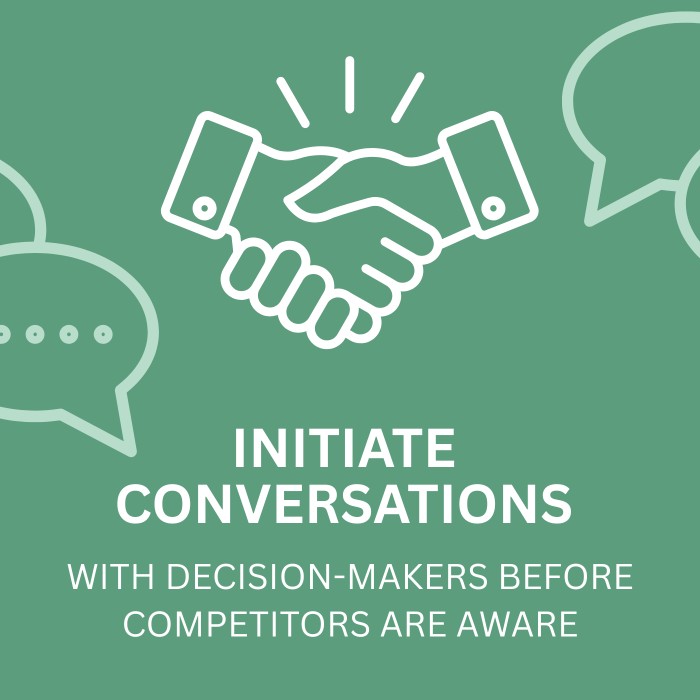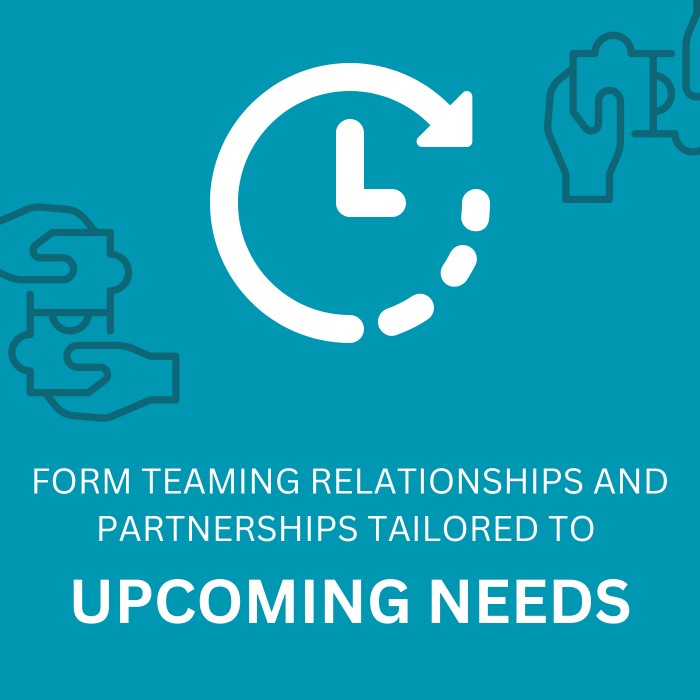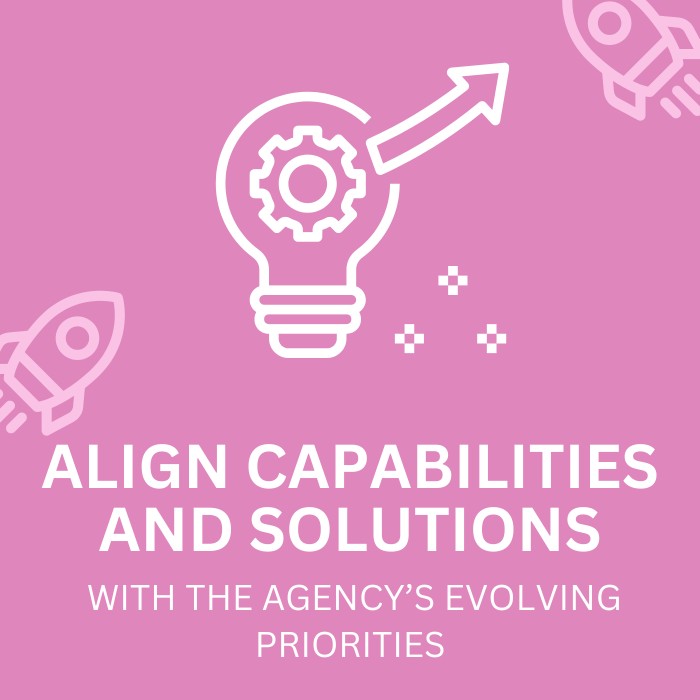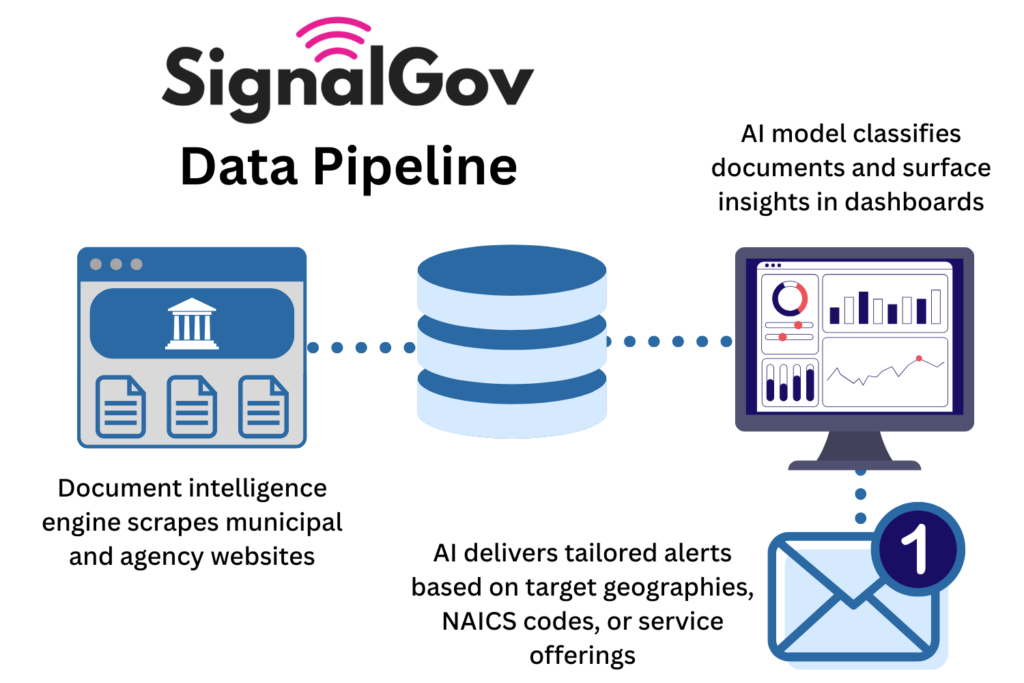For decades, government contractors have played a waiting game-monitoring procurement portals, hoping to spot Requests for Proposals (RFPs) before their competitors. But by the time an RFP is released, the clock is already ticking, and the window to build relationships, shape solutions, or assemble teams is often closed. Today, a new wave of AI-powered technology is changing the rules of the game, giving businesses a critical edge by surfacing project signals long before formal solicitations hit the public record.
Why Waiting for RFPs is a Losing Strategy
Traditional procurement platforms like SAM.gov or state portals are essential, but they only tell part of the story. By the time an opportunity appears, agencies have often spent months-sometimes years-discussing needs, securing budget allocations, and outlining project scopes in public meetings and documents. Contractors who rely solely on RFP alerts are left reacting, rather than proactively positioning themselves.
AI and the Rise of Early Procurement Intelligence
Recent advances in natural language processing (NLP) and machine learning have unlocked the ability to analyze vast volumes of unstructured public records-think council meeting minutes, budget documents, and planning board transcripts. Platforms like SignalGov are at the forefront, using AI to detect the earliest mentions of infrastructure upgrades, feasibility studies, or new initiatives buried deep within municipal documents.
Imagine receiving an alert not when an RFP is posted, but when a city council first discusses “allocating capital reserve for bridge replacement” or when a planning board requests a “feasibility study for greenway expansion.” These upstream signals are goldmines for contractors, enabling them to:



From Unstructured Data to Actionable Opportunities
The magic happens in the data pipeline. SignalGov’s proprietary document intelligence engine scrapes thousands of municipal and agency websites, pulling in everything from agenda packets to capital improvement plans. Through advanced AI models, the platform classifies and summarizes these documents, extracting actionable insights and surfacing them in user-friendly dashboards.
For small to mid-sized businesses-especially those without dedicated government affairs teams-this levels the playing field. No longer do you need a room full of analysts to spot trends or identify early-stage projects. AI does the heavy lifting, delivering tailored alerts based on your target geographies, NAICS codes, or service offerings.

The Competitive Edge of Early Positioning
Early procurement intelligence isn’t just about being first-it’s about being prepared. Contractors who engage agencies during the planning phase can help shape project requirements, build trust, and increase their chances of winning when the RFP finally drops. They can also make smarter bid/no-bid decisions, focusing resources on opportunities where they have a genuine edge.
In the era of AI-powered procurement intelligence, the advantage goes to those who act early, not just those who react quickly. The future of government contracting belongs to the proactive.